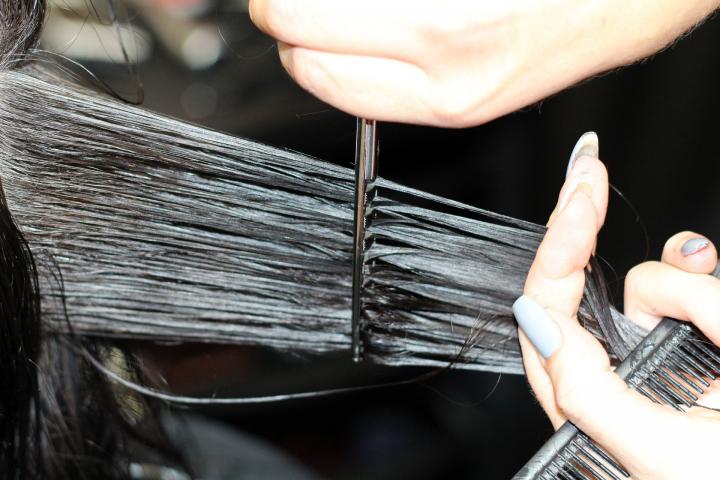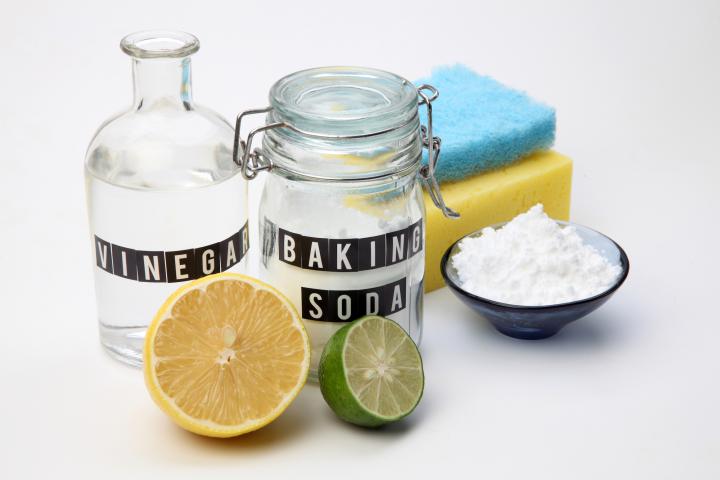
How You Can Save Money Every Month
ADVERTISEMENT
I have been cutting my hair now for about 3 years. Its short so its pretty easy. I get compliments all the time. I used to dye my hair and perm it myself - my mother taught me. She had three girls FAR too expensive to go to the hairdressers!. Not gonna waste money. p.s. Hairdressers are fine people, I just can't afford it.
Just a fyi and a tip learned in some public housing. While there is a huge stigma linked to bedbugs and their removal, it was proven that Bedbugs can be addressed with the help of food grade diatamacious earth. The high cost of bedbug treatments in Michigan led one property manager to switch over to de and see what happened in 57 units she had under infestation. Within a couple of weeks, the Property Manager saw that the infestation stopped and no further problems arose. This treatment is very hush hush and often poo pooed by many as they choose chemicals etc., but I heard about this while at a conference (along with the full story) in a closed session of managers. It is cheap, it is safer than chemicals and more effective than heat treatments with fancy equipment and it works.
Having tried newspaper and cardboard boxes as weed barrier in the past, I strongly recommend that this not be done. I ended up with a thriving colony under both. I've also found termites under bags of mulch which stayed in one place too long. Maybe where you live termites aren't a problem, but down here they love things like this to live in and be close to our buildings for further feasting.
Women would do well to put down the make-up products. I have never liked make-up so my skin looks good compared to those who have worn a ton of it and then they use the harsh chemical removers to get it off. The pictures I see of women today caked in make-up I can't believe they think they look better like that than a natural beauty. Make-up covered women, it's ok to stop, men in the real world actually don't like that fake Kardashian look.
I whole heartedly agree with this post. I actually found that foundations, despite their claims caused me to have all sorts of acne....yes even with brand new bottles. Natural is so much better for the skin
If you use a coffeemaker, when the coffee is finished brewing immediately pour it into a thermos (which will keep it hot for hours) and unplug the 1200-watt coffeemaker instead of leaving the pot on the heating element until you have drank it all. The minutes add up.
If you're not going to use your range or stove much in the summer, shut it off at the breaker box. If appliances draw 40% of their power while off, 40% of a 220-volt stove is a lot more than what the 13-watt electronics draw. Besides cutting your/family's hair, wash your car yourself using a bucket or two. Don't mow your lawn--let the wildflowers come up for the bees--save on all the lawn expenses. If you live in a cold climate, shut your refrigerator in the winter and use the natural coldness. Use the sun for drying clothes. If you live in the Pacific Northwest where it is too rainy and damp to dry clothes in the winter, consider hanging them in a closet and running a dehumidifier in the closet. It uses much less electricity than an electric clothes dryer. Or hang them inside by your woodburning stove, if you have one. And, my last suggestion for now (I could go on and on) is if you don't need to put a light on every time you walk into a room, keep it off. You should know your home well enough by now to get around it, and rooms usually aren't pitch black. (Last suggestion was inspired by my blind friends who know where everything is in their homes. If they can do it, so can we.)
If you are in need of any big ticket services, ask for references from customers then get quotes from at least 3 vendors. This goes for home or auto repairs as well as medical and dental. Question them on why their solution is the correct one and what are the long-term pros and cons. Ask what is your recourse if something goes wrong. Will the person stand behind their work and their solution?
I learned the hard way by not asking.












